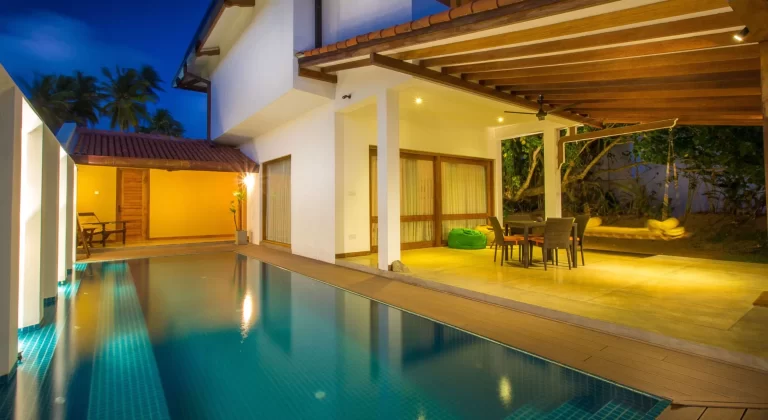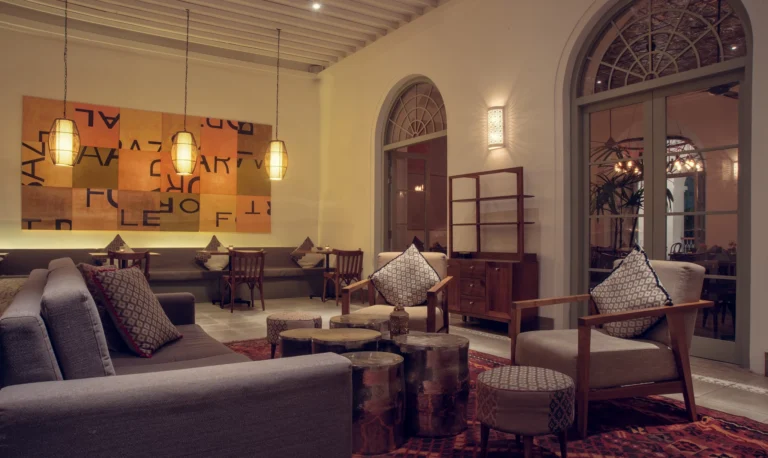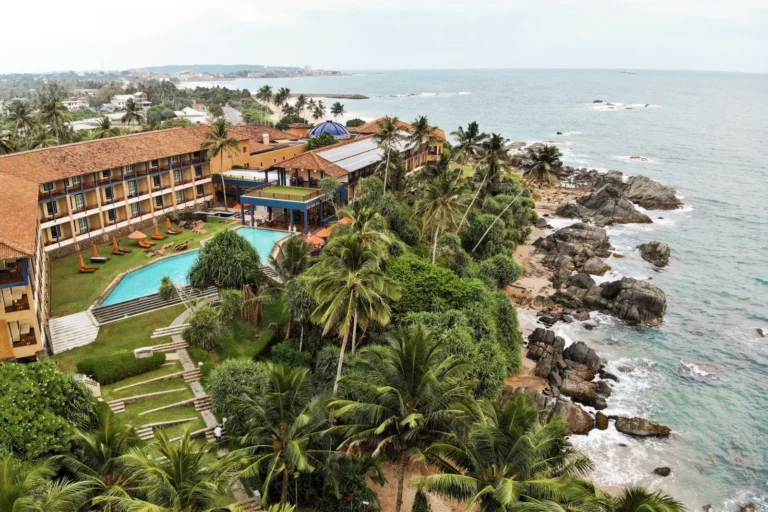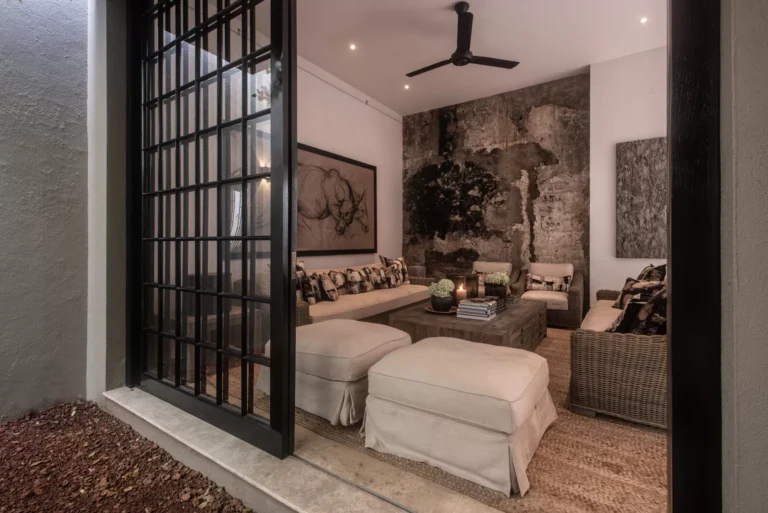Galle is a charming city with a World Heritage listed historic Dutch seaside fort, streets full of character, restored 18th century merchant houses and boutique shops.
Founded in the 16th century by the Portuguese, Galle reached the height of its development in the 18th century, before the arrival of the British.
Built by the Portuguese in 1588 and then fortified by the Dutch in the 17th Century, the UNESCO World Heritage site of Galle Fort is a melting pot of cultures and communities. Home to the Moor (Muslim), Sinhalese, Burgher and Tamil ethnic groups, this architectural and archaeological fortress has a colourful history and is one of the best preserved examples of a fortified city built by Europeans in South and South-East Asia, showing the interaction between European architectural styles and South Asian traditions.
The Galle Fort juts out like a small peninsula into the Indian Ocean. Within its ramparts, it contains the old quarter, with many colonial structures now converted into smart boutiques, cafés and hotels. It rose in prominence as a port under the Portuguese and later, in the 18th century under the Dutch, with the addition of curtain walls, bastions, ramparts and a substantial pair of gateways. Once a busy port that served as a meeting point for Greek, Arab and Roman traders, the Galle Fort now attracts people from all corners of the world for its reputation as one of the oldest living forts. Walk through the cobbled streets with one of our guides, who reveal the history, hidden tales, and daily life behind these walls.
Walking through Galle’s grid-planned streets, one can’t help but admire the traditional houses with their arched verandas and the shade they provide from the tropical sun. Several of the colonial-era houses and mansions have been converted into trendy cafés, shops and boutique hotels.
Cricket lovers will love the prospect of watching some live cricket at the Galle Stadium from the Fort’s ramparts.





